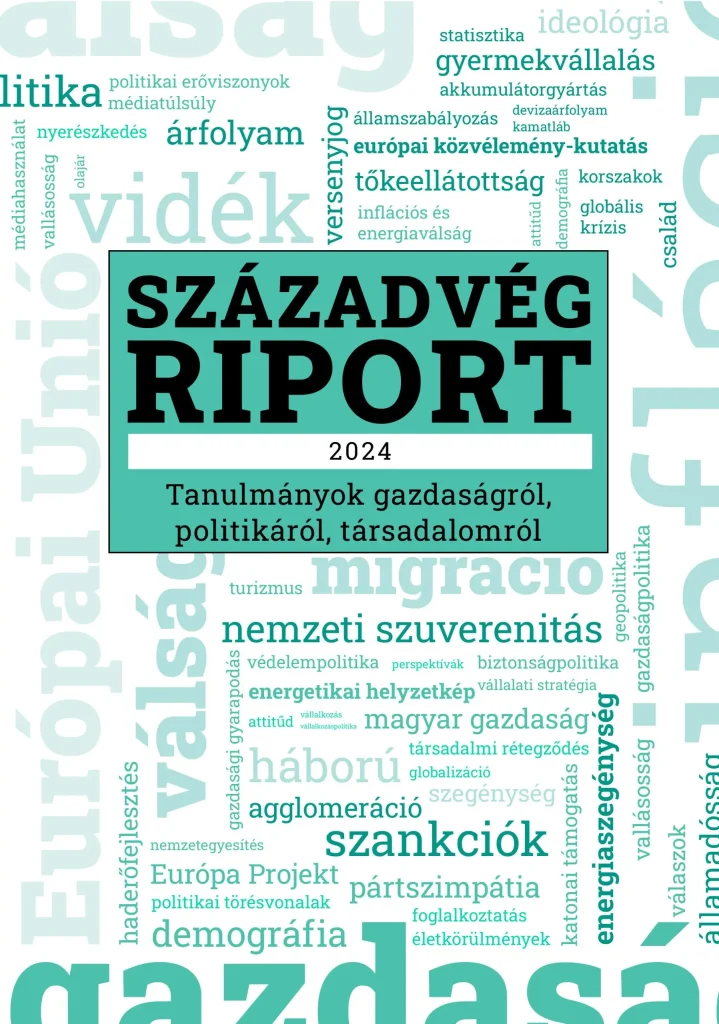Following a 100 basis point cut in the policy rate in previous months, the central bank’s Monetary Council also started to cut the base rate at its October meeting. As a result, the Hungarian base rate (and the policy rate) currently stands at 12.25%, down 75 basis points.
Raw data show that retail sales decreased by 7.0%, while calendar-adjusted data show that it decreased by 7.1% in August 2023, compared to the same period of the previous year. Within this, sales decreased by 4.0% in specialised and non-specialised food shops and by 5.2% in non-food shops. The turnover volume of petrol stations fell by 18.1%, significantly more than the other main groups.
In October 2023, the value of the SZIGMA CI indicator, which provides feedback on the current state of the Hungarian economy, was -0.1 up to September 2023. This compares with -0.01 in the previous month, meaning that the growth rate of the Hungarian economy has moved away, although only slightly, from its historical trend rate.
The other indicator, SZIGMA LEAD, is a short-term indicator for the future of the Hungarian economy. The indicator continues to show a double turnaround. First, it still points to a positive upturn in economic growth, and then to a stalling and a decline in the growth rate.
In an environment of higher interest rates and higher inflation, the trend towards a preference for premium Hungarian government bonds with above-inflation yields over those with fixed yields continued.
Households’ government bond holdings increased by more than HUF 850 billion in the first 9 months of the year
On 30 September 2023, the total value of “MÁP Plusz” government securities held by retail investors was HUF 1,012.4 billion after a HUF 1,422.0 billion decrease from the HUF 2,434.5 billion level at the end of December 2022. The main reason for this, is that in a high inflation and interest rate environment, households prefer to buy discount treasury bonds that exceed the interest rate of MÁP Plusz and the inflation-tracking Premium Hungarian Government Bond (PMÁP), whose cumulative value has risen to HUF 6,437.2 billion, an increase of HUF 2,115.6 billion compared to the end of 2022. The total stock of government securities held by households stood at HUF 9,492.7 billion at the end of September 2023, up from HUF 8,619.3 billion at the end of 2022, i.e. HUF 873.4 billion more than in the last month of the previous year.
The SZIGMA (abbreviation of the Hungarian name “Századvég Index a Gazdasági Momentum Alakulásáról”, in English: Századvég Index of the Development of Economic Momentum) is a simultaneous and preliminary indicator system developed by Századvég for the Hungarian economy.
It is crucial for economic policymakers and analysts to have an accurate picture of the state of the economy, but statistical data are often available with considerable delays. In contrast, the SZIGMA indicators provide information on the economic cycle and the business cycle within 30 days of the reference month, on a monthly basis.
The indicator system consists of two indicators, the SIGMA CI, which summarises the current state of the economy, i.e. information extracted from simultaneous variables, and the SIGMA LEAD, which provides preliminary information on the expected economic trajectory. A positive CI index means that economic growth is above the historical trend, and a negative CI index means that growth is below the historical trend. The SIGMA LEAD indicator provides a short-term forecast for a 9-month period. If the SIGMA LEAD indicator is positive, growth is expected to be above trend in 9 months’ time (i.e. three quarters of a year later), while if it is negative, growth is expected to be below trend in the near future.
